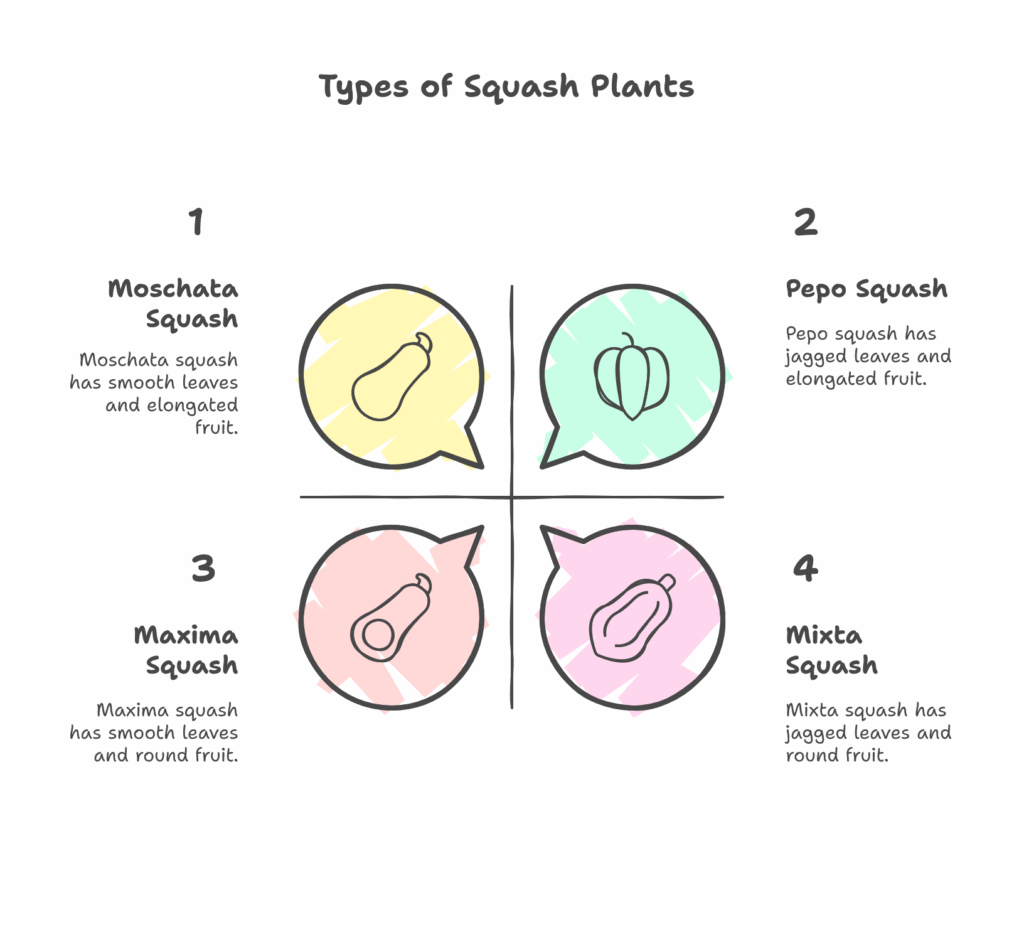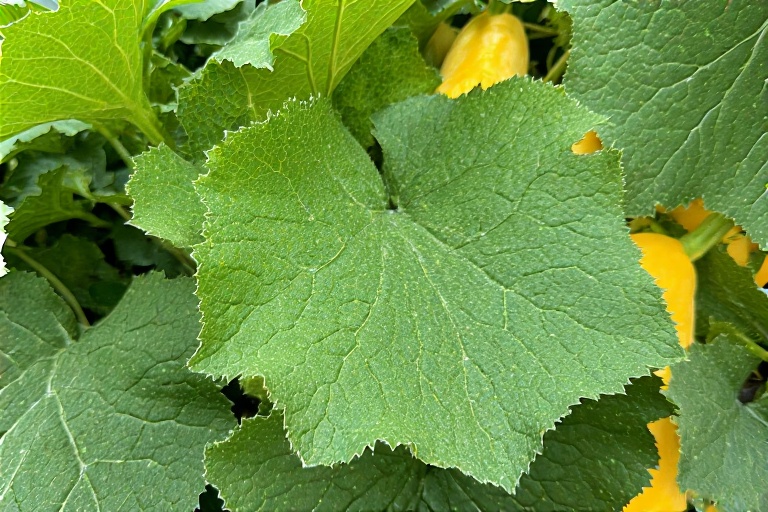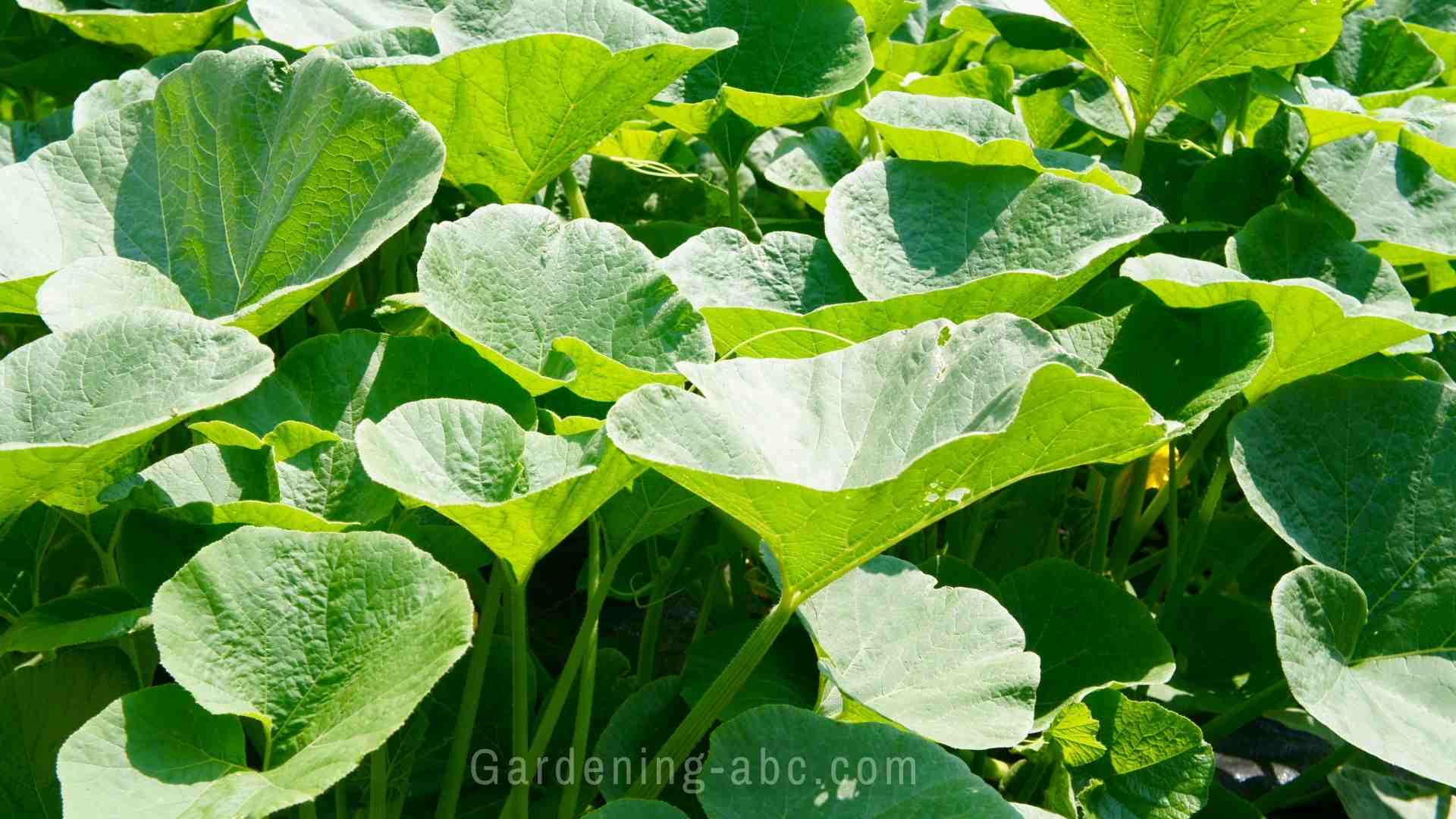We use affiliate links to run our site. When you buy through links on our site, we may earn an affiliate commission, without any added cost to you. Learn more
For a gardener, correctly identifying plants is essential to ensuring a healthy and bountiful garden. While some plants are easy to identify by their flowers or fruits, others can be more challenging. In this article, we’ll focus on squash plants and how to identify them by their leaves.
If you’re like most people, you love squash. But identifying squash plants can be tricky, especially if you’re new to gardening. Wouldn’t it be great to have a simple guide that could help you identify squash plants by their leaves?
Well, we have a solution for you. This guide will show you how to quickly and easily identify squash plants, so you can enjoy all the squash your heart desires.
What are Squash Plants?
The term “squash plant” refers to a variety of different plant species within the genus Cucurbita. These include pumpkins, gourds, zucchinis, and other cucurbits.
Squash plants are native to North and South America and have been cultivated by humans for thousands of years.
The fruits of these plants are often used in cooking, and the leaves and stems can also be used as fodder for livestock.
How can I know if I have a squash plant?
There are a few ways to tell if you have a squash plant. One way is to look at the leaves. Squash plants have large, flat leaves that are usually green or yellow. If you see a small leaf with a pointy tip, you probably have a pumpkin vine.
Another way to tell if you have a squash plant is to look at the flowers. Squash plants have large, showy flowers that are usually yellow or orange.
Finally, you can tell if you have a squash plant by looking at the fruit.
Why is identifying your squash in the garden important?
One of the most important aspects of gardening is correctly identifying your plants. This is especially true for squash, as there are so many different varieties. Incorrect identification can lead to problems with your squash crop, including disease and pests.
Different Types of Squash Plants:
Squash plants can be broadly classified into four groups: C. maxima, C. mixta, C. moschata, and C. pepo. Each group has distinct characteristics that can be used to identify it.
One way to identify a squash variety is by looking at the leaves. The shape, size, and color of the leaves can all be helpful clues.
For example, some squash varieties have leaves that are more pointy, while others have more rounded leaves.
The size of the leaves can also vary, with some varieties having larger leaves than others.
Maxima:

Maxima squash has smooth and rounded leaves with small flowers. The leaves are a deep green color with white spots and veins.
The leaves are about 8 inches long and 6 inches wide.
The flowers are white with yellow centers and are about 4 inches in diameter.
Mixta:
Take a look at the leaf margins of the squash – if they’re jagged and deeply lobed, it’s most likely a mixata.
Another telltale sign is the shape of the fruit itself – mixatas are typically more roundish than other types of squash.
Mixatas also tend to be paler than other varieties.

Moschata:
Moschata squash is also called butternut squash. The leaves of the plant are smooth, and the flowers are typically rounded. The fruit is elongated, and the skin is usually beige or light brown in color.
Moschata squash is a popular type of winter squash that can be used in a variety of recipes. When choosing a squash, make sure it is heavy for its size and has no blemishes on the skin.
Pepo:

Pepo squash can be distinguished from other squash by its sharply toothed, deeply indented leaves.
The leaves of pepo squash are also generally more deeply lobed than those of other squash. The stems are 5-sided, star-like, and very angular.
Pepo squash typically has a more rounded shape than other squash, and its skin is often more bumpy or warty.
Squash Leaves Vs Zucchini Leaves:
Zucchini plants have large, deeply indented, and sharply jagged leaves. In comparison, yellow squash leaves are smoother, less jagged, and smaller are more like ivy.
The indentations and jaggedness of zucchini leaves are caused by the presence of large teeth along the edges of the leaves. These teeth give the leaves a saw-like appearance.
The importance of squash leaves: More than Plant Identification
The squash leaves are not only helpful in identifying the squash varieties, but they can also indicate many other things.
If the leaves of a squash plant, for example, are drooping, it could be an indication that the temperature is too hot. On the other hand, if the leaves are wilting, it could be an indication that the temperature is too cold.
By paying attention to the health of your plants, you can get a better sense of the surrounding environment and make necessary adjustments.
Final Thoughts:
Knowing how to identify squash plants by their leaves can be a useful skill for gardeners and farmers alike. By paying attention to the shape, size, and color of the leaves, as well as the presence of any flowers or fruit, you can easily tell which plant is which.
With a little practice, you’ll be able to identify squash plants in no time!
We hope this post was helpful to you. If you like the information, feel free to share it with anyone you like.
Amazon and the Amazon logo are trademarks of Amazon.com, Inc, or its affiliates.

Hi there! My name is Prasenjit and I’m an avid gardener and someone who has grown a passion for growing plants. From my hands-on experience, I have learned what works and what doesn’t. Here I share everything I have learned.

